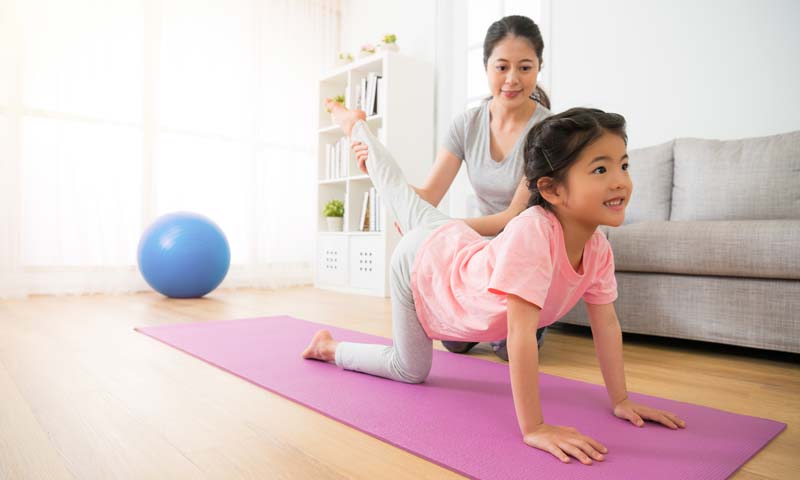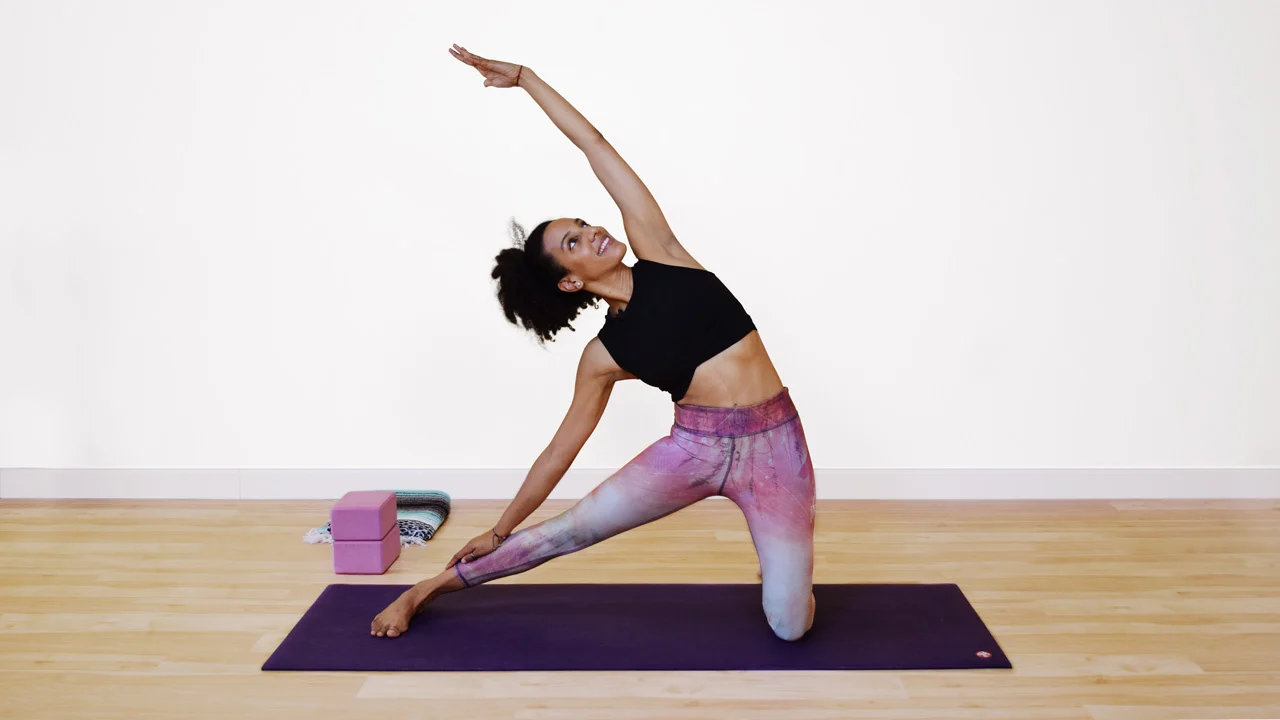Mindfulness for Kids: A Guide to Cultivating Calm and Focus
Anybody who had small kids around the house during lockdown will be intimately acquainted with Jaime Love, participating in a spot of pixie floss yoga, doing her descending canines to a setting of Frozen tunes, or taking some superhumans on a yoga experience in space. She's the yoga instructor and organizer behind the enormously effective Grandiose Children Yoga YouTube channel that has 270 million perspectives and then some - for sure, it wasn't just Joe Wicks (otherwise known as The Body Mentor) who was the guardian angel of the pandemic - for anybody younger than 8, Jaime was right up there with him. "I wish yoga and Mindfulness for youngsters had been around when I was 6. It's one of the significant reasons Infinite Children Yoga exists now," she says. "How supportive it would have come back then to realize what my sentiments are, to find out about my body in a non-judgemental way and to have a few profound abilities and devices to bring me into my teen and grown-up years."

Beginning right on time with yoga and wellbeing is vital to turning into a more Mindfulnessful youngster and, at last, grown-up. "Mindfulness is a fundamental device forever and when it's conveyed in a manner kids comprehend, they naturally know how significant and supportive it will be for them. Mindfulness isn't just about standing by and relaxing. It's tied in with grasping your considerations and sentiments, answering as opposed to responding, seeing and staying alert, managing mental, social and personal difficulties, taking Mindfulness of oneself, directing your energy, being thoughtful, sympathetic and merciful and having a solid point of view." says Jaime. "At the point when you find out about Mindfulness and how to utilize it, you furnish yourself to manage the significant issues that yield up as you grow up - peer pressure, self-perception, tests, connections, and obligation."
For September's Public Yoga Month, Jaime shares her contemplations and tips on yoga for youngsters.
Why should kids do yoga?

Yoga works for everybody. Each posture is a valuable chance to realize yourself better as you move into it, remain there and inhale, seeing sensations in your body. The more you make it happen, the more grounded you get. Your equilibrium improves and within you find new degrees of certainty as the association with yourself develops. In yoga, you are at the time. It's a moving reflection as your body and brain cooperate in each posture. Subsequently, stresses and stress retreat when you practice. Your brain clears and after the last unwinding present - savasana, you feel lighter, more settled and quiet. For youngsters this goes considerably more profound - consideration and focus levels increment. Solid rest designs create. Furthermore, with a more clear brain, their capacity to learn gets to the next level. It's the reason such countless educators are currently utilizing yoga consistently in their study halls to assist jokes with taking advantage of their learning.
How do we get them to do it?
For youngsters, yoga should be entertaining. It additionally should be reachable for them to get that 'I can do it' flash of certainty. Utilize essential amateur renditions of postures. Assuming children perceive the stances and what they connect with, they interface with them. Use meanings of postures they get it - boat, tree, lion, feline, canine, butterfly, cheerful child.
Use creative mind - creative liberty to decipher presents so they work for youngsters. A genuine model is phone present which children love. Set forth plainly, you sit and hold the bottom of one foot to your ear! Something children can do considerably more effectively than grown-ups! In grown-up yoga, this is a variety of Akarna Dhanurasana 1. Be that as it may, to make it fun (and justifiable), go with what it resembles - a foot telephone!
Add character to presents. For canine posture, give your canine a name, a character, an entertaining voice. Then, at that point, have a go at winding around the postures together in a story. At the point when you succession the postures into a story, it becomes engaging for youngsters to pay attention to and carry on. Download our stance banner to see 50 postures kids love and see what stories you (and the children) can think of.
Inspire them to contemplate their brain like a lake. In the lake are bunches of fish - a cheerful fish, miserable fish, irate fish, energized fish, stressed fish, etc. Each fish is an alternate inclination and they are swimming around in the lake. Tell the children that their responsibility is to simply be the lake instead of be the fish. The thought is that the children simply watch the fish. Allow them all to there, swim around. Furthermore, as opposed to get cleared up by 'being' one of the fish… they simply should be the lake. This permits them to get point of view on the entirety of their sentiments and acknowledge them so they don't wind up acting imprudently on an inclination or accomplishing something they will later lament. Attempt Be the Lake from our Mindfulness series.
How to get kids to practice regularly

It works best when children conclude they might want to rehearse. Kids don't get a lot of decision in their lives, so whenever you offer them a chance to pick something, they love it and are considerably more prone to completely finish and do it. Obviously, make your own boundaries for this. With Grandiose Messes with you could offer them a menu of yoga experiences. A few children like to be let be to continue ahead with it, others like a parent or kin to participate. A few children appreciate doing likewise video again and again (Frozen Yoga anybody?) others like to pick various ones each time. Kids are animals of schedule, and routine is an incredible bedrock for yoga practice. Make yoga a preceding or after-the everyday schedule bed movement so they start doing it simultaneously every day.
FAQs
How do you teach mindfulness to a child?
Instructions to clarify Mindfulness for youngsters
Make sense of it essentially: Begin by clarifying Mindfulness as giving full consideration for what we're doing or feeling right now. ...
Draw in them with questions: Ask them inquiries to make them ponder their encounters. ...
Practice together: Children advance by doing.
How do I teach my 10 year old mindfulness?
A basic method for calming your kid's brain is to help them to focus on their relaxing. Urge them to shut their eyes and center around their relaxing. Train them to get back to noticing their breath when their psyche meanders.
How to practice mindfulness and focus?
Concentrate gradually and purposely on each piece of your body, all together, from toe to head or make a beeline for toe. Know about any sensations, feelings or contemplations related with each piece of your body. Sitting reflection. Sit serenely with your back straight, feet level on the floor and hands in your lap.






